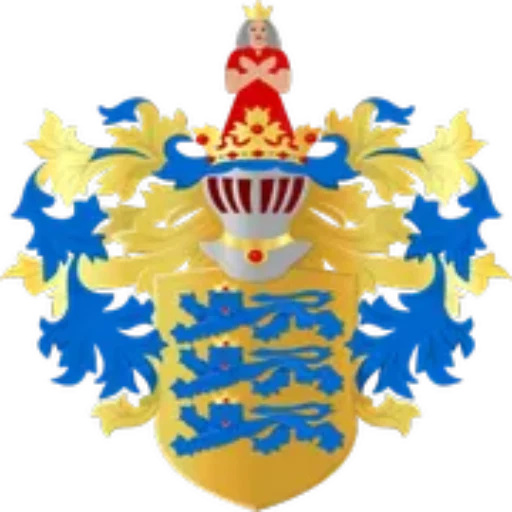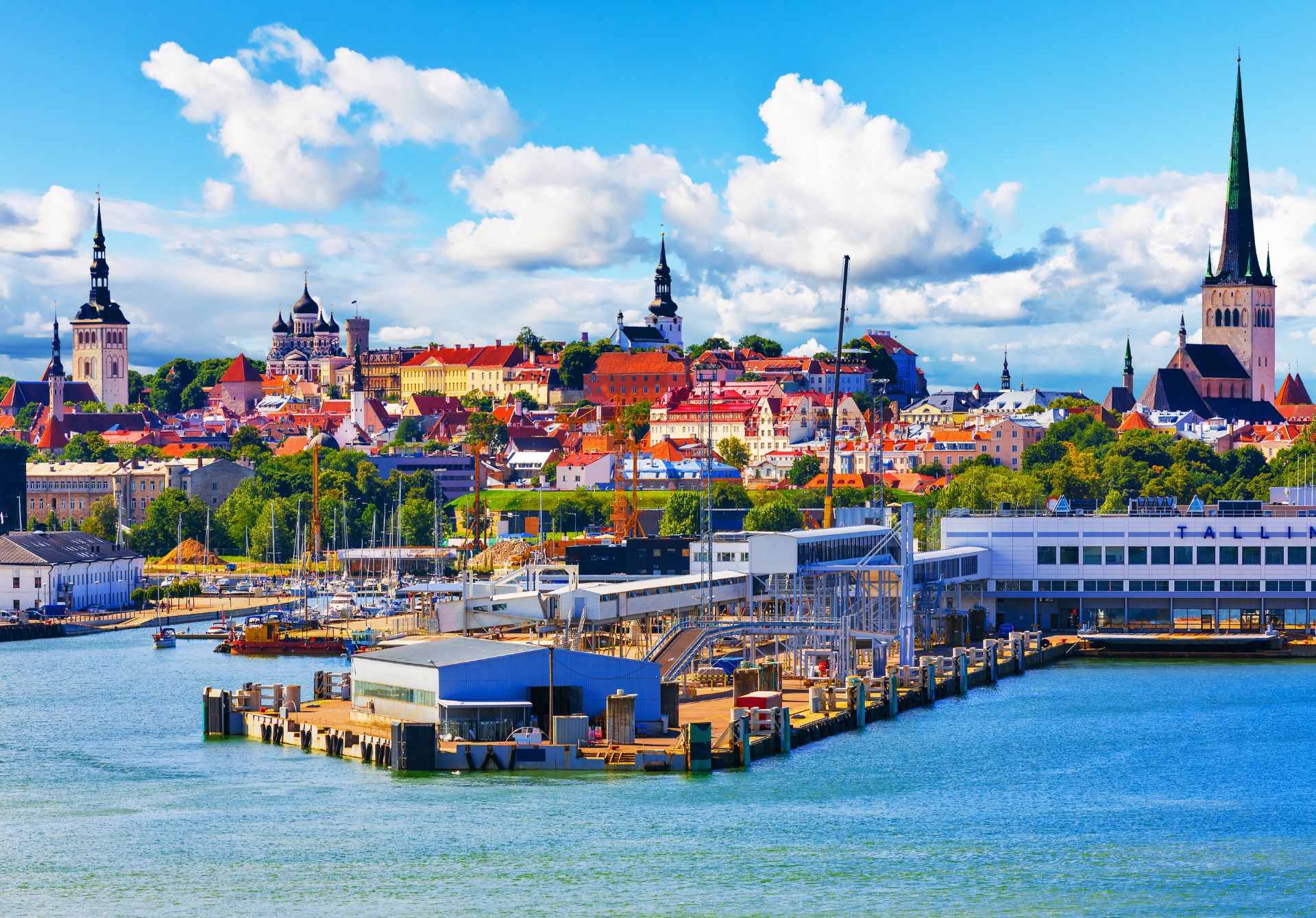Tallinn Old Town is one of the most well-preserved medieval cities in Europe, and its rich history and stunning architecture make it a must-visit destination. Situated in the heart of Estonia’s capital, this UNESCO World Heritage Site offers a unique glimpse into the region’s past while still serving as a vibrant cultural hub. Whether you’re drawn by its cobbled streets, medieval towers, or lively markets, Tallinn Old Town is a place that captivates visitors of all ages.
The History of Tallinn Old Town
The history of Tallinn Old Town dates back to the early 13th century when it became a major trading center in the Baltic region. The city’s strategic location made it a hub for commerce between Eastern and Western Europe, attracting merchants from across the continent. Over the centuries, Tallinn grew in prominence, and the fortifications that surround the old town were built to protect it from invaders. These city walls, along with the well-preserved buildings inside them, offer a window into Tallinn’s medieval past.
Architectural Marvels in the Old Town
Walking through Tallinn Old Town feels like stepping back in time, with its mix of Gothic, Baroque, and Renaissance architecture. One of the most iconic structures is the Town Hall, located in the central Town Hall Square. Built in the early 15th century, this Gothic masterpiece is one of the oldest town halls in Europe. The square itself has been the heart of Tallinn’s public life for centuries and still hosts markets and festivals throughout the year.
Another highlight is St. Olaf’s Church, which was once the tallest building in the world during the 16th century. Its towering spire dominates the skyline and offers visitors a breathtaking panoramic view of the city. Don’t forget to visit Toompea Castle, which now houses the Estonian Parliament, but has a history that stretches back to the 9th century when it was first built as a wooden fortress.
Cultural Significance and Festivals
While the historic architecture of Tallinn Old Town is awe-inspiring, its cultural significance cannot be overlooked. The Old Town is not just a preserved relic of the past; it is a living part of Tallinn’s cultural identity. Numerous museums, galleries, and shops offer insights into Estonia’s heritage and craft traditions. Visitors can also enjoy a variety of festivals throughout the year, including the Tallinn Old Town Days, an annual event that celebrates the town’s history with music, performances, and traditional Estonian cuisine.
For those interested in art, the Old Town is home to several galleries featuring Estonian and international artists. The town’s medieval ambiance provides a unique backdrop for modern cultural events, from theater performances to open-air concerts. Tallinn Old Town’s blend of history and contemporary culture makes it a unique space where the past and present coexist harmoniously.
Exploring the Town Walls and Towers
One of the most exciting ways to experience Tallinn Old Town is by walking along its medieval city walls. Visitors can explore a series of towers that once served as defense points for the city. The most famous of these towers is Kiek in de Kök, a massive artillery tower with a museum that offers insights into Tallinn’s military history. A walk along the walls provides a chance to see the Old Town from a different perspective, with sweeping views of the red-roofed buildings and narrow alleyways below.
The towers also offer a glimpse into the daily life of medieval Tallinn, where guards kept watch over the city to protect it from invaders. Today, visitors can immerse themselves in this history while enjoying the beauty of the surrounding cityscape.
In summary, Tallinn Old Town is a remarkable destination that bridges the gap between history and modern culture. Its well-preserved medieval architecture, fascinating history, and lively cultural scene make it an unforgettable place to visit. Whether you’re wandering through the ancient streets, climbing the town’s towers, or enjoying one of its many festivals, Tallinn Old Town offers an immersive experience into Estonia’s rich past and vibrant present. It’s no wonder that visitors leave with lasting memories of this captivating historical gem.

